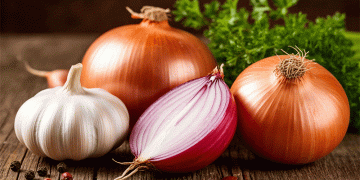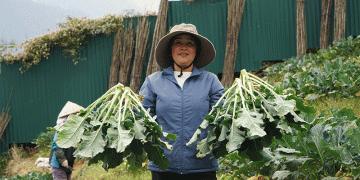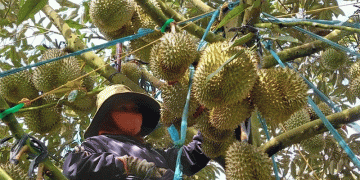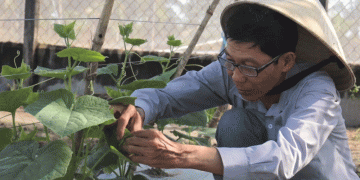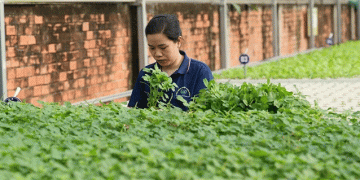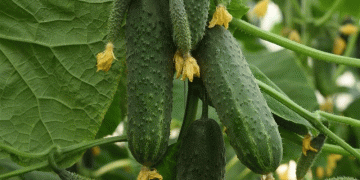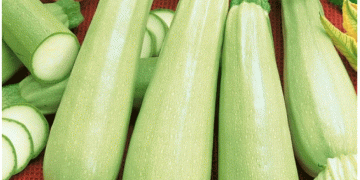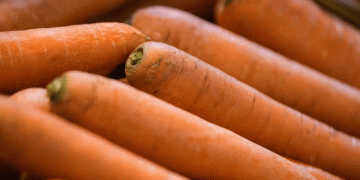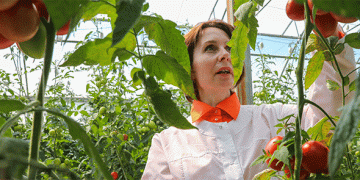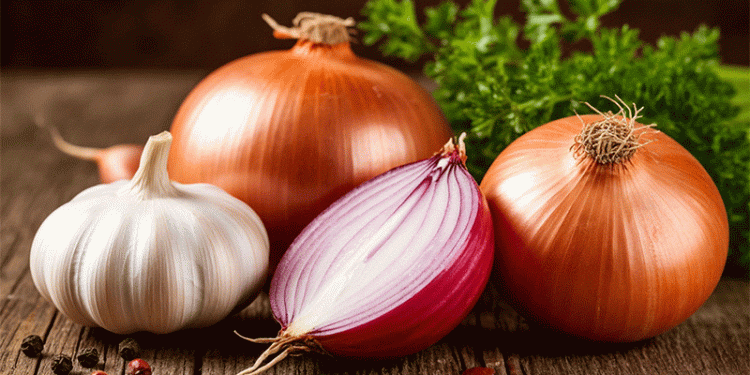Kyrgyzstan is experiencing a dramatic shift in its agricultural trade patterns, with onion and garlic imports surging to 12,800 tons worth $3.5 million in January-June 2025—a staggering 360% increase compared to the same period in 2024. This massive import growth, reported by the National Statistical Committee, exposes critical vulnerabilities in the nation’s agricultural production systems and raises important questions about food security and domestic farming competitiveness.
Import Breakdown and Source Countries
The import data reveals fascinating patterns in sourcing and quality preferences:
- Uzbekistan: 10,352 tons (80.8% of total imports) worth $2.47 million
- Tajikistan: 1,236 tons worth $198,500 (new supplier in 2025)
- China: 1,071 tons worth $787,000 (higher value per ton at $735)
- Afghanistan: 90.7 tons worth $31,700 (emergent supplier)
- Kazakhstan: 50.7 tons worth $17,600 (minimal volume)
The price differentials are particularly revealing. Chinese imports command $735 per ton compared to Uzbekistan’s $239 per ton, suggesting either higher quality products or different variety preferences in the Kyrgyz market.
Global Context and Regional Trends
This import surge contrasts sharply with global agricultural production patterns. According to FAO data, worldwide onion production increased by 2.3% in 2024, while garlic production grew by 3.1%. The Central Asian region specifically showed mixed results:
- Uzbekistan increased onion exports by 18% regionally
- Kazakhstan reported stable domestic production with slight export increases
- Tajikistan emerged as a new significant exporter to Kyrgyz markets
The World Bank’s Agricultural Development Report 2025 notes that climate variability in Central Asia has caused production fluctuations, with some countries experiencing yield reductions of 15-25% due to irregular precipitation patterns.
Economic Impact and Domestic Consequences
The import surge carries significant economic implications:
- Trade deficit: $3.5 million outflow for basic agricultural commodities
- Price suppression: Increased imports may depress local market prices for domestic producers
- Farmer income: Potential 20-30% income reduction for local onion and garlic growers
- Food security: Heavy import dependence creates vulnerability to supply chain disruptions
A study by the Asian Development Bank shows that agricultural import dependence of this magnitude typically results in 15-20% price volatility in domestic markets, particularly affecting small-scale farmers.
Production Challenges and Opportunities
Several factors likely contribute to this import surge:
- Climate impacts: Changing weather patterns affecting traditional growing regions
- Production costs: Possibly higher domestic production costs compared to imports
- Quality issues: Potential gaps in quality consistency or variety preferences
- Infrastructure limitations: Post-harvest losses and storage limitations
Research from the International Food Policy Research Institute indicates that Central Asian countries typically experience 25-40% post-harvest losses in onion production due to inadequate storage facilities.
Strategic Responses and Best Practices
Other countries facing similar challenges have implemented successful strategies:
- Turkey: Reduced onion imports by 60% through targeted subsidy programs and improved storage infrastructure
- Egypt: Implemented variety improvement programs that increased yields by 35% in three years
- India: Developed cooperative-based storage systems that reduced post-harvest losses by 50%
The Kyrgyz Ministry of Agriculture could consider several evidence-based approaches:
- Investment in storage infrastructure: Reducing post-harvest losses
- Variety improvement programs: Developing climate-resilient varieties
- Farmer training: Enhancing production techniques and efficiency
- Strategic reserves: Buffering against production shortfalls
Market Dynamics and Consumer Preferences
The import data suggests evolving consumer preferences and market dynamics. The premium paid for Chinese garlic ($735/ton vs. $239/ton for Uzbek imports) indicates possible market segmentation between quality-conscious consumers and price-sensitive buyers.
Kyrgyzstan’s dramatic increase in onion and garlic imports represents both a challenge and an opportunity for the nation’s agricultural sector. While exposing vulnerabilities in domestic production systems, it also highlights potential for significant import substitution through targeted investments and policy interventions.
The solution requires a multi-faceted approach addressing production efficiency, post-harvest management, market development, and policy support. By learning from successful models in other countries and adapting them to local conditions, Kyrgyzstan could potentially reverse this import trend while strengthening domestic agricultural systems.
The import surge should serve as a wake-up call for agricultural stakeholders—from farmers to policymakers—to address systemic issues in production, storage, and marketing. With strategic investments and coordinated efforts, Kyrgyzstan has the potential to not only reduce imports but eventually become a net exporter of these valuable crops to regional markets.
The time for action is now, before import dependence becomes further entrenched and domestic production capacity erodes beyond quick recovery. The future of Kyrgyzstan’s agricultural sovereignty may depend on how effectively stakeholders respond to this concerning trend.
